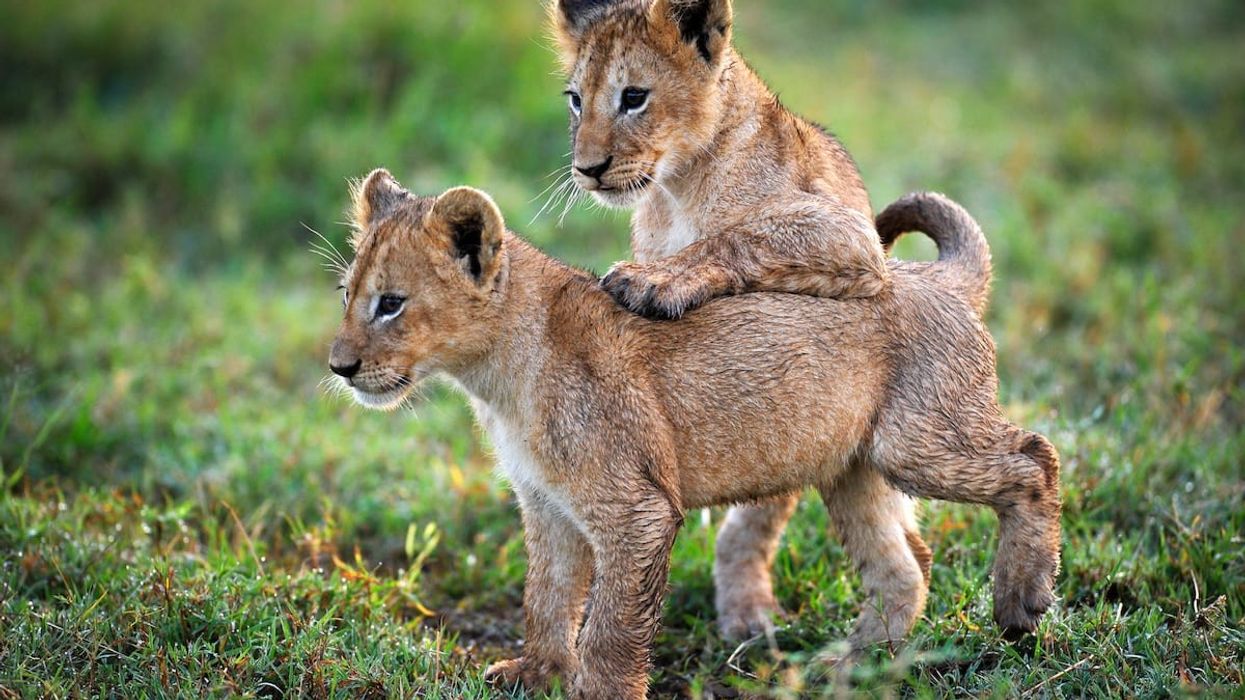
Shortly after its release in England, Planet Earth II came under fire when dedicated viewers drew attention to the series' extensive use of artificially created sound effects. Indeed, the BBC admitted to using classic foley tricks, which some viewers termed "fake sound effects," as they weren't captured in the wild.
But as Simon Cade from DSLRGuide notes in a new video essay, sound effects are only the tip of the iceberg when it comes to the ways in which nature documentaries manipulate reality.
Of course, the fact that nature docs are extensively edited is not a revolutionary concept. As Cade notes, editing is done in the service of storytelling; otherwise, Planet Earth II might simply be a live feed of one spot in the barren Sahara desert. Like narrative editors, nature doc editors cherry-pick moments from many hours of footage in order to anthropomorphize, or "humanize," the animals. As with any type of documentary, editors make us care by constructing a narrative.
If you can get over the fact that you've been slightly duped, you may be able to see that this scenario actually highlights the beauty of editing. As first demonstrated in the Kuleshov Effect, editors create meaning by connecting disparate moments. With a good variety of coverage, a good editor can make even the most uneventful scene interesting.
But there's a fine line between spicing things up, if you will, and actively manipulating reality to your advantage. Some nature docs have taken things too far: production teams have used CGI footage without disclosing it and camera crews have interfered with animal hunts to get better footage.
So while it's almost never ethical to stage a situation, the key to nature documentaries—as in life—is striking a balance.
Featured image from BBC's 'Planet Earth II'











